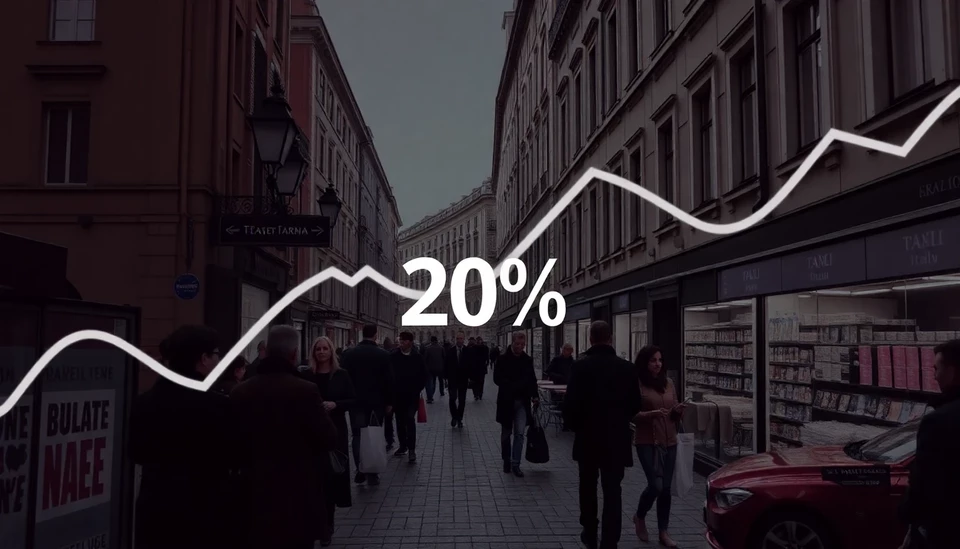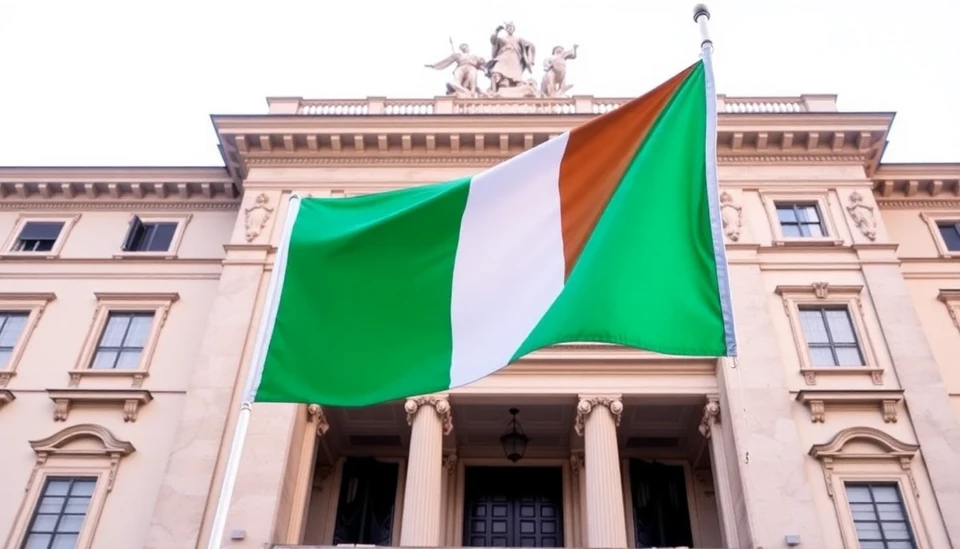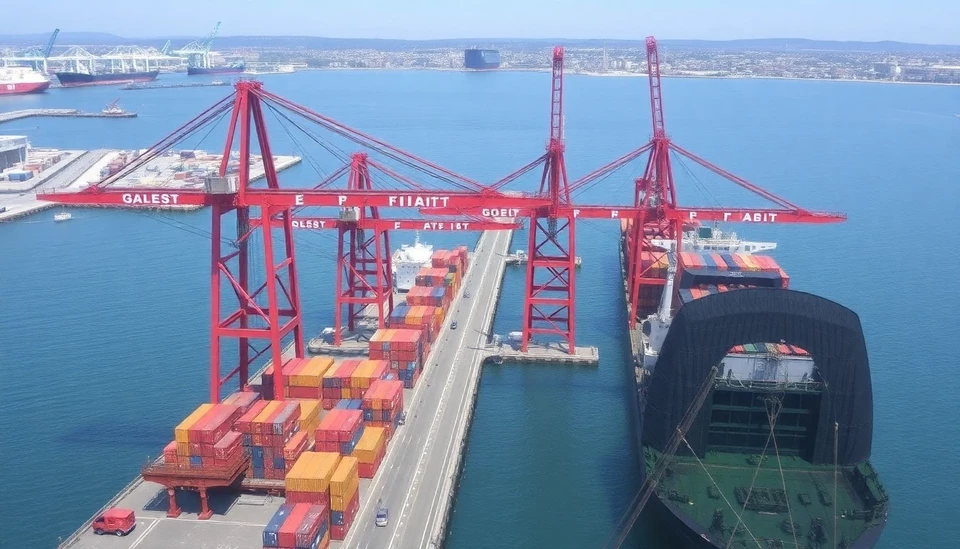
In a concerning turn of events for consumers and policymakers alike, Italy's inflation rate has surged beyond 2% for the first time since 2023, signaling a potential shift in the nation’s economic landscape. This significant uptick, driven by various factors, has raised alarms about the trajectory of pricing and purchasing power across the country.
The latest data indicates that the annual inflation rate has surged to 2.1%, a figure that has not been observed since the latter part of 2023. The acceleration in inflation has sparked debates among economists and financial analysts, who are examining the impact of rising costs on everyday life and the broader Italian economy.
Key drivers behind this inflationary pressure include climbing energy costs and a notable increase in food prices, fueled by persistent supply chain disruptions and heightened demand as the economy continues to recover post-pandemic. Analysts suggest that the recovery from the pandemic, coupled with global supply chain issues and geopolitical tensions, are pivotal factors exacerbating pricing pressures.
In response to these developments, many consumers are bracing for a tighter budget as their purchasing power diminishes. The cost of essential goods, including groceries and utilities, is felt acutely by households across Italy. As families grapple with these rising costs, discussions surrounding wage growth and economic policy are intensifying among labor groups, business leaders, and government officials.
Italian officials acknowledge the seriousness of the situation and are closely monitoring inflation trends to inform policy decisions moving forward. Concerns are mounting about how prolonged inflation could hinder economic growth and impact Italy’s recovery trajectory amid ongoing uncertainties in global markets.
Moreover, the European Central Bank is also on high alert as inflationary pressures could influence monetary policy decisions in the Eurozone. Economists predict that sustained inflation above target levels may compel the ECB to rethink interest rates, further complicating the economic landscape for member states, including Italy.
As Italy grapples with these inflationary challenges, citizens and analysts alike will be watching closely to see how both domestic and international factors influence economic policies in the coming months.
With consumer sentiment already wavering, the Italian government faces the crucial task of addressing inflation while fostering an environment conducive to growth and stability. The government’s strategies in the face of these economic pressures could define the future economic outlook for Italy and its position within the broader European context.
As of now, the outlook remains uncertain, and the stakes are high for consumers and policymakers aiming to navigate this challenging economic terrain effectively.
#Italy #Inflation #Economy #EuropeanCentralBank #CostOfLiving #FinancialNews #EconomicPolicy
Author: Daniel Foster




